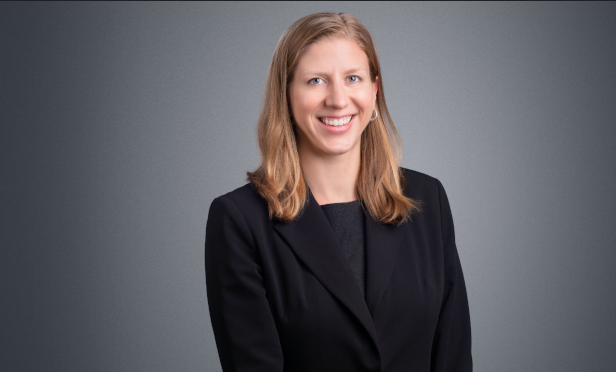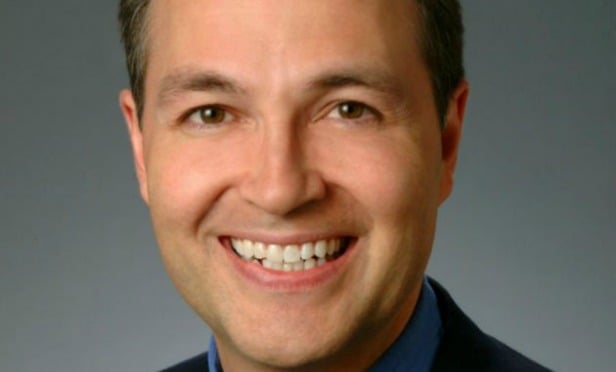LOS ANGELES-Technology's impact on commercial real estate is undeniable, and it's influencing tenants' space needs more than just about any other factor. During the fifth annual CBRE/Allen Matkins “Real Estate 360 in 60” webinar, experts from the two firms discussed the many ways that the needs are changing as a result of technology and how these changes are impacting the capital markets in the western US.
During the workplace-trends discussion, CBRE's Lew Horne and Allen Matkins' Tony Natsis talked about the demand for creative space driving the office market here. Horne said that these days, thanks to technology, employees are more mobile and able to work in an office, a cubicle, a bench—virtually anywhere. In fact, studies show that employees are often at their desk less than 50% of the work day. “They can choose a different workplace. It's about moving around. It's not healthy to be sitting in one place stationary all day long.”
Horne added that CBRE's Downtown L.A. office—modeled after the firm's Amsterdam office—is going almost paperless to mimic the need for less space even as firms grow. The office, currently in 54,000 square feet with 171 professionals, will more to 48,000 square feet and accommodate up to 220 people.
Natsis pointed out that taking roughly 10% less space and adding 20% more people is “not great for the the landlords of the world,” to which Horne replied, “Paper's going away. We're going paperless, and we need to figure out a way as a company to capitalize on this. We believe that this is going to be mainstream, and we're going to be on the front end of it. By changing the way we work and enhancing the way we collaborate, we'll also be more efficient in the space that we're using.”
In the office leasing segment of the webinar, Allen Matkins' Neil Gluck spoke with CBRE's Jeff Lasky, Steven Bay and Jim Kruse about how the tech industry is driving leasing volume in L.A. Kruse said that entertainment and the technology that goes into driving entertainment are the seedlings for the type of growth the market is seeing now. Activity is up in Burbank, the Tri Cities area, Silicon Beach and Marina del Rey as a result, and other Southern California sectors are beginning to recover, he said. “L.A. is doing B-, C+ compared to New York and San Francisco, which are hot markets, but it's better than Denver and Philadelphia. Some of the drivers here are starting to make L.A. landlords feel better.”
Bay said since many financial firms have left Downtown, what remains are service firms, which is not much of a driver. “I see 2013 as being a pretty flat year.”
Lasky said the Westside is leading L.A.'s market recovery, with Santa Monica seeing tremendous growth among smaller boutique firms and technology leases driven by venture capital in connection to the Silicon Valley, Seattle and San Francisco. The eastern part of L.A. offers institutional office space with large floorplates that cater to the growth of the smaller firms as they move out of the Downtown Santa Monica market. “We're starting to see activity from established technology as opposed to VC-funded startup firms focusing on Santa Monica as a place to live and work.”
All of the brokers in the office leasing segment said tenants are swapping space. “The only real demand is adaptive reuse for creative space,” said Bay. “Also, with MPG looking to parcel the buildings out, there will be dispersed ownership in Downtown as opposed to consolidated ownership.”
Kruse echoed Horne's sentiments by saying there's a mini-industrial revolution going on, with creative growth changing the way people look at space and their work habits.
In the industrial-dynamics segment, John Condas of Allen Matkins spoke with Kurt Strasmann, Rick McGeagh and David Consani of CBRE about what a banner year 2012 was for the industrial sector, particularly in Los Angeles. Strasmann said absorption has been strong, lease rates are growing and speculative development is robust. Consani said there's 8 million square feet of industrial space under construction in the inland Empire West and East, and McGeaugh said there are encouraging trends in the infill market in Orange County, including a 20% increase in transaction volume.
Strasmann added that e-commerce is the biggest trend for industrial, and it's “here to stay. The Amazons, Best Buys and Walmarts are all in the market and looking for space.”
McGeagh pointed out that the large industrial user pool is dominated by third-party logistics firms, and Strassman concurred that the industry is emerging into “big guys and those who start out small and get big. The big guys are looking for one-day turnaround, while the small guys are looking for two- to three-day turnaround.” Still, all agreed that the “small guys are coming back.”
In the capital-markets segment of the webinar, Natsis spoke with Darla Longo, Kevin Shannon and Val Achtemeier of CBRE about e-commerce, which Longo said was the leader in industrial growth. “Leasing activity is up about 40%, and it's driven by e-commerce—the combination of e-commerce and state-of-the-art technology. Industrial used to be about warehousing, but now it's all about logistics.”
She added that the investment trend has been to bigger buildings in population centers that are close to Fedex and UPS Ground locations to allow for overnight delivery of goods to consumers. Achtemeier said CBRE has been successful at financing e-commerce buildings, and Longo added that e-commerce hires more labor and requires more parking than traditional industrial buildings.
Shannon said that tech, entertainment, energy and healthcare are leading the recovery in fundamentals. “We're seeing those types of tenants are growing faster.”
Overall, the brokers indicated that more capital is moving toward industrial and away from multifamily, which had been the darling for some time.
For the complete webinar video, click here.
© 2024 ALM Global, LLC, All Rights Reserved. Request academic re-use from www.copyright.com. All other uses, submit a request to [email protected]. For more information visit Asset & Logo Licensing.







